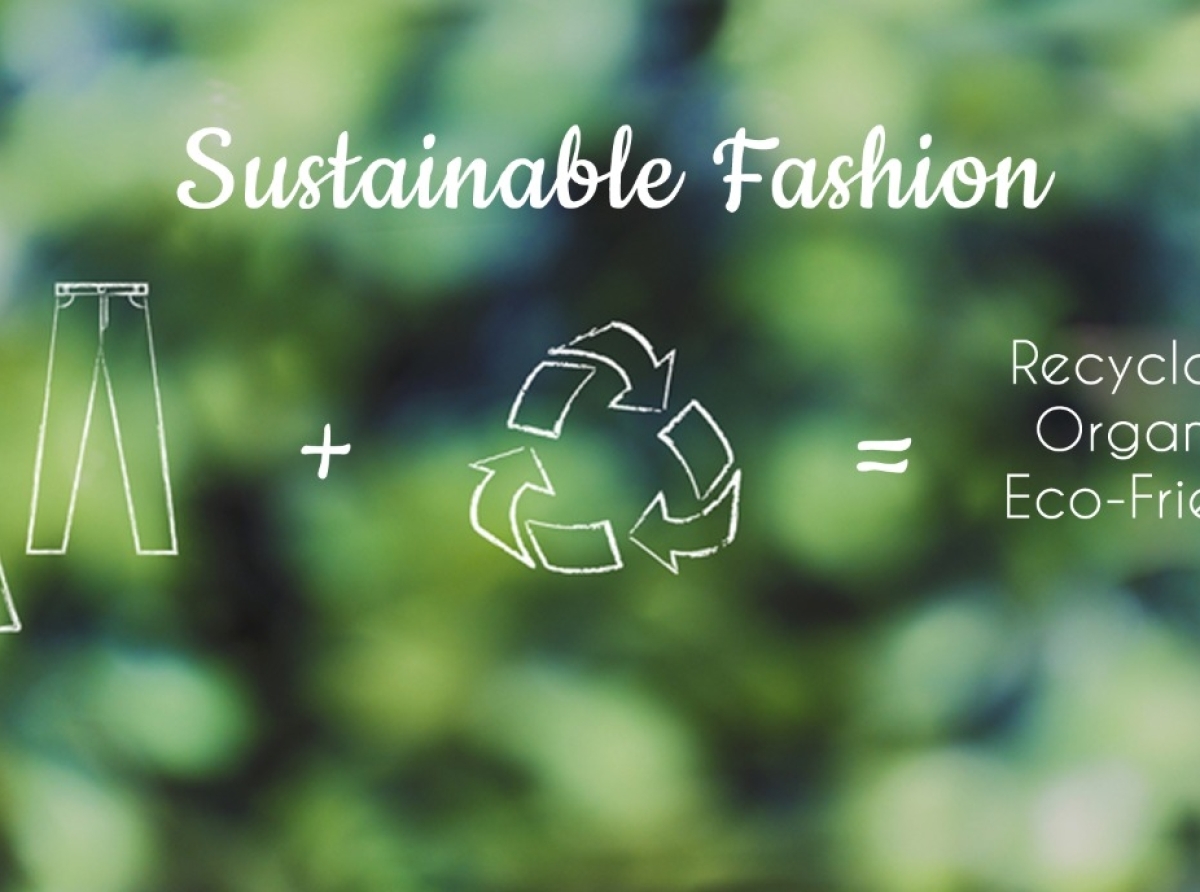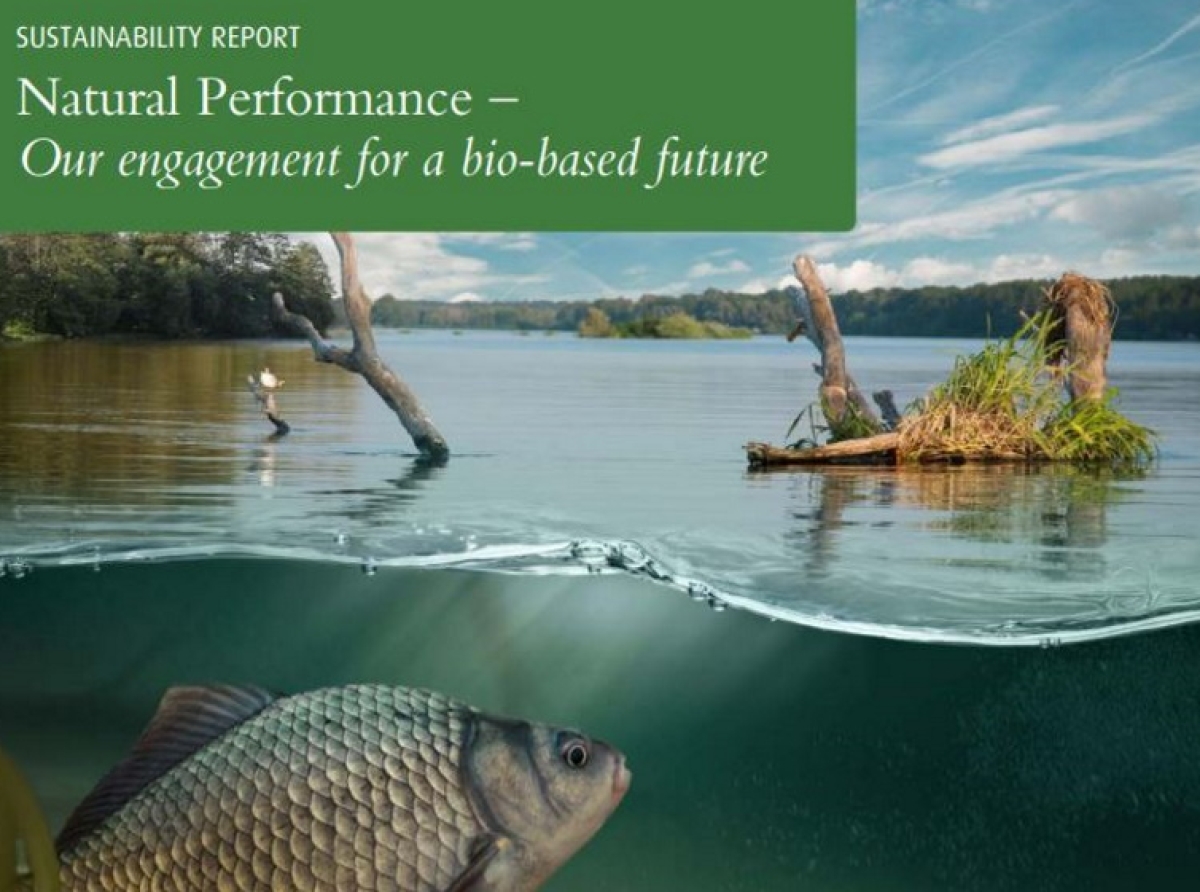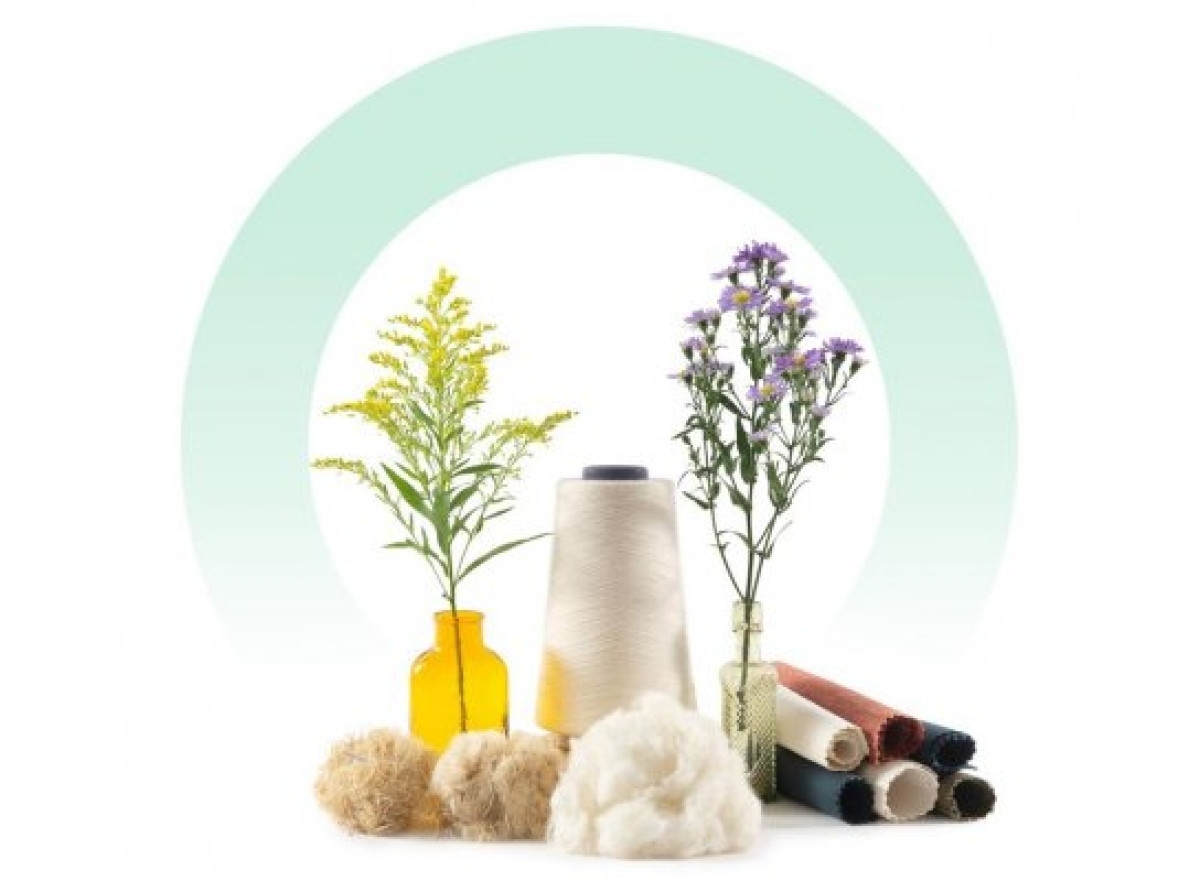02 July 2022, Mumbai:
India is one of the biggest manufacturers and exporters of textiles worldwide. India's domestic textile market was worth $100 billion in 2019–20, while its growing exports were worth about $50 billion.
The Indian government gives the textile sector the tools to compete internationally, draw sizable investments, and create jobs.
In addition to being a person's basic needs, textiles have evolved into a fashion statement that generates enormous revenues for businesses in India and worldwide. The quest for sustainability and continuous strides in pursuing excellence thus unlocking value in this sector drives sustainable business models.
ALSO READ Bridal fashion embraces sustainability with local materials and designs

These colorful, unusual clothes do, however, have a terrible side since their hues hurt the surrounding environment. Processing textiles produces a sizable amount of wastewater, which exerts significant environmental pressure. It presents a significant chemical challenge to handle fabrics. It makes use of several ecologically scarce, non-biodegradable substances.
When handling materials, the textile industry uses a variety of colors, synthetic mixes, and helper synthetics. Around 17 to 20 percent of all current water contamination, according to World Bank assessments, is purely due to coloring and finishing patterns.

ALSO READ As Sustainability Concerns Increase: Organic Apparels Acceptance Grows
It is said that about 72 different hazardous synthetics are exclusively found in water to color patterns.
The industry is like a two-edged sword, requiring intense monitoring and adherence to regulations to lessen its adverse environmental effects.
The goal of incorporating sustainability into the textile business is to establish thriving ecosystems and alliances through initiatives like raising the value of local goods and produce, cutting waste, and lessening the damage that production and consumption do to the environment.
RELEVANT NEWS BGMEA President mentions the impressive progress of RMG industry in terms of sustainability
Leading Indian firms have made significant progress in integrating sustainability into the value chain of the textile manufacturing industry. Many have focused on input management rather than only tailpipe management as a preferred approach to sustainability. The business regards cotton as a crucial ally.

RELEVANT NEWS The Woolmark Company: New online course on sustainability & wool
By implementing the Regenerative Organic Farming technique to expand their sustainable cotton portfolio, they are creating a sustainable ecosystem from farm to fabric.
As steadfast friends, they ensure sustainable manufacturing energy, its suppliers, and regulators. They are combining biomass supplies with solar roofing to make their energy mix more environmentally friendly.
RELEVANT NEWS Forever New unveils new sustainability campaign
Some businesses are incorporating sustainability and circularity into every aspect of their supply chain, including trash recycling and the procurement of raw materials.
They focus on pre-and post-consumer waste as they transition from linear to circular operations.
By using recycled LDPE in place of virgin polyester for packaging, they are committed to plastic recycling. By recycling industry waste and using textile scrap, they also consume less plastic.
_large.jpeg)
RELEVANT NEWS HKRITA Webinar – Hong Kong’s Innovative Solutions to Sustainability Challenges in Fashion Industry
The Indian government is undertaking various programs and measures to advance the textile sector. One of the Ministry of Textiles' main plans is to create Mega Investment Textile Parks.
This plan will provide a top-notch infrastructure with plug-and-play capabilities to enable international exporting champions. This project would make India a popular destination for domestic and foreign divers looking to enter the textile and apparel industries.
Over three years, the government plans to build seven textile parks. Increased production and export of Indian technical textiles are the goals of the recently introduced Production Linked Incentive plan.
Join our community on Linkedin

























